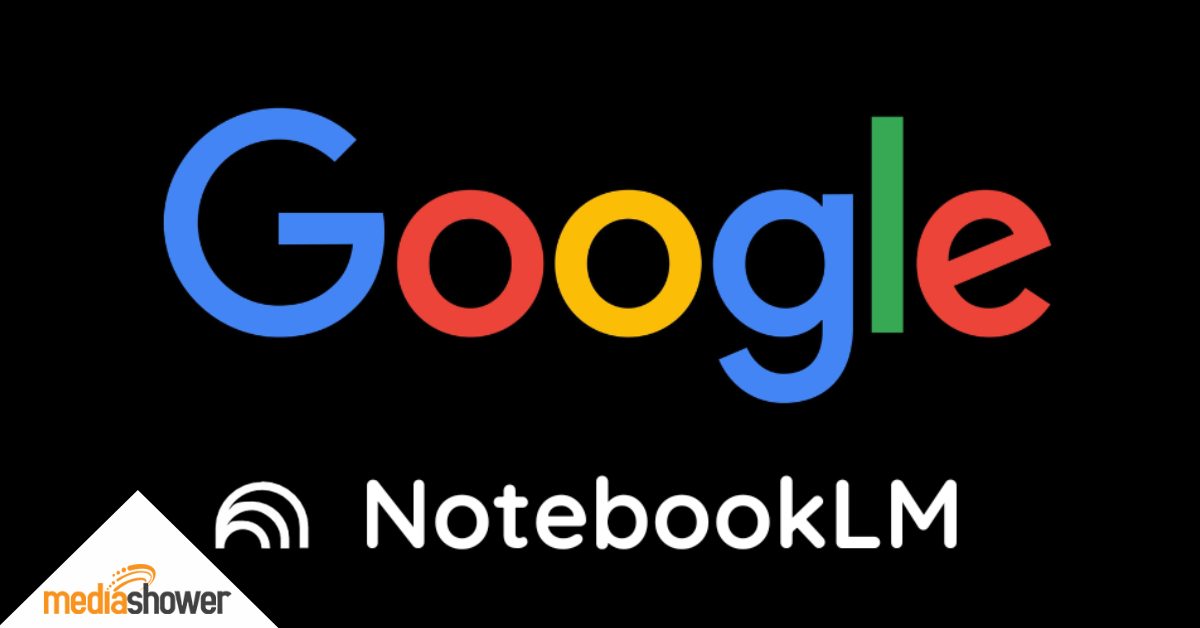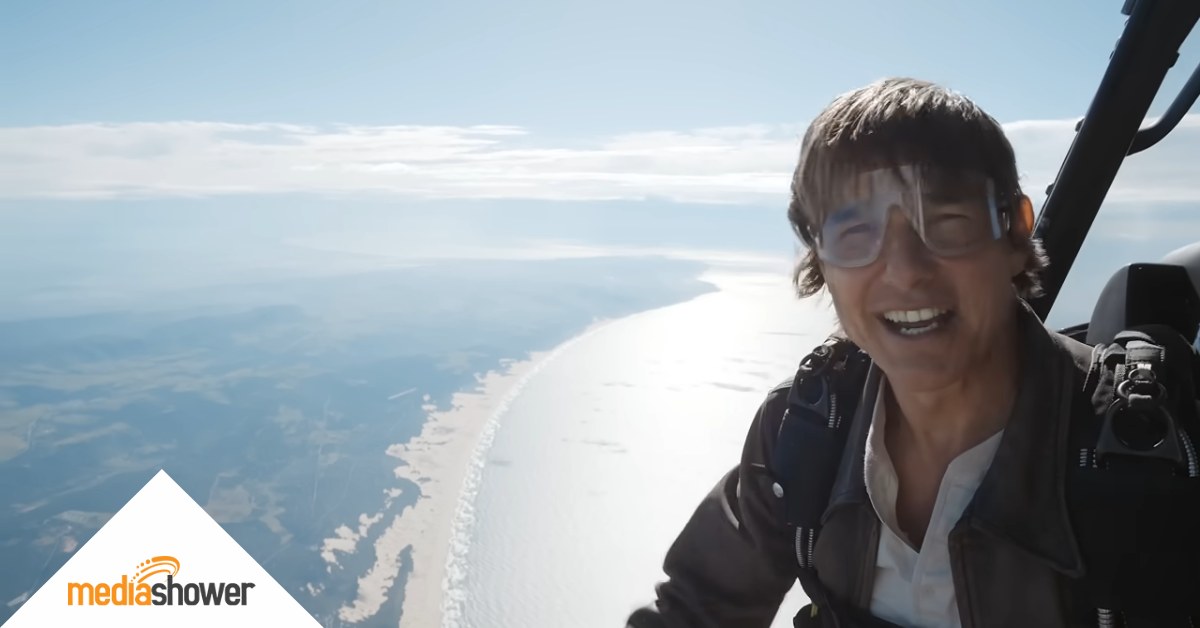
Quick Summary
- From fallout to full throttle. Tom Cruise turned a career crisis into a case study in brand reinvention.
- Cinema’s comeback king. While others chased streaming, Cruise bet on theaters—and won big.
- Authenticity in every frame. Real stunts and real stakes made Cruise the story, not just the star.
- Box office proof. “Top Gun: Maverick” soared to $1.5 billion, and “Mission: Impossible—Final Reckoning” set franchise records on opening weekend with $63 million in box office for the three-day weekend and $200 million for the four-day Memorial Day weekend.
- Metrics drive momentum. Cruise’s team tracked what resonated—like stunt footage outperforming trailers—and doubled down. Smart brands use engagement data not just to measure success, but to shape the story.
“Mission: Impossible—The Final Reckoning” opened to $200 million over Memorial Day weekend, setting a new record for the franchise and outpacing the previous high set by 2018’s “Fallout.”
The numbers marked a high-altitude return for a star who, twenty years earlier, had been written off as a cautionary tale.
Cruise staged his brilliant comeback without interviews or apologies. He built it film by film, stunt by stunt. He brought audiences back with precision, discipline, and a camera that never cut away.
His insane success is the result of a masterful brand strategy that turned a mid-2000s punchline into the industry’s most reliable headline.
Official “Final Reckoning” trailer, 2025.
Grounded
Let’s go back to 2005. Cruise went from Hollywood’s golden boy to box-office poison in a matter of weeks. First came the cringey couch-jumping on “Oprah.” Then the combative “Today Show” interview, where Cruise criticized Brooke Shields for using antidepressants.
Episodes like these and his growing association with Scientology transformed his image from box-office king to tabloid target.
His approval ratings cratered. Paramount famously ended their 14-year relationship after claiming that Cruise’s behavior had cost the studio $150 million.
Studios started viewing him as a risky investment. Too expensive, too controversial, and too much baggage.
The man who had carried blockbuster franchises for two decades suddenly couldn’t get a meeting.
A New Flight Plan
By the early 2010s, Hollywood was in transition. Franchises were the new stars, CGI was everywhere, and mid-budget movies were quietly disappearing.
But while Hollywood was writing him off, Cruise had been busy studying. Marvel was still dominating screens with interconnected universes. Audiences were showing up for scale, spectacle, and shared experience.
He understood that movies still mattered—but stars needed to find a new way to connect with their audiences.
So, Cruise did what most actors wouldn’t dare: He left the interview circuit and took the controls—literally. He stopped trying to win headlines and started proving his value where it counted: on screen.
And he built his own franchise.
With the first “Mission: Impossible” film, ”Ghost Protocol” (2011), he began repositioning himself as a full-sensory experience. No green screen. No doubles. No margin for error.
Just Cruise, hanging off the Burj Khalifa with a GoPro strapped to his chest.
Training in Dubai for “Ghost Protocol,” 2011.
The stunt landed—and so did the strategy. And each sequel upped the ante.
In “Fallout” (2018), he learned to fly a helicopter for a chase scene. In “Dead Reckoning” (2023), he skydived out of a plane over 500 times to nail a single shot. He also rode a motorcycle off a cliff in Norway, then pulled a parachute mid-air (six times).
Every move was intentional. He filmed the training, released the rehearsal reels, and made the how part of the hype. Each clip became a new chapter in his rebrand.
Stunt from “Rogue Nation,” 2015
Strategic Maneuvers
Behind the comeback was a smart content engine masquerading as a publicity machine.
As a first step, Cruise stopped feeding headlines and let the camera do the talking. He carefully chose roles that proved he was still the hardest-working man in Hollywood—and showed every step.
Cruise and his team treated the resulting footage not as bonus making-of content but as the central narrative.
Months before a premiere, Paramount was already dropping clips of him sprinting through training drills, scaling buildings, or rehearsing mid-air maneuvers.
Audiences who once rolled their eyes at his off-screen antics now watched in awe as he pulled off feats that defied belief—and safety regulations.
Even the directors joined the myth-making. They appeared in behind-the-scenes clips to confirm that yes, this is real.
Marketing leaned hard into the physical commitment: no CGI, no faking, no quitting. In an age of digital everything, that promise of “real” became Cruise’s brand.
HALO jump: “Fallout,” 2018
Eyes on the Horizon
While the rest of the industry pivoted to streaming, Cruise stayed grounded—sometimes literally. He convinced producers to delay COVID-era releases until theaters could reopen. He made personal calls to exhibitors. He showed up at screenings.
His focus stayed on the communal experience—shared air, shared sound, and shared adrenaline.
That loyalty earned him goodwill from theater owners and a now-famous compliment from Steven Spielberg: “You saved Hollywood’s ass.”
Steven Spielberg: “You saved Hollywood’s a**.”
The Final Mission?
“Mission: Impossible—The Final Reckoning” opened in theaters with the promise of something unprecedented.
The marketing campaign leaned heavily into the “final” aspect. Cruise hit a worldwide press tour that felt like a farewell. At early screenings, audiences weren’t just applauding at the end—they were cheering mid-chase—a phenomenon that’s become increasingly rare.
“The Final Reckoning” promos position Cruise as the product. The tagline—”One Last Impossible” sells the promise that he’ll go all in—as he always does—for one final thrill.
Instead of digital doubles and synthetic spectacle, authenticity and physical commitment are the UVPs.
Genius, yes. But “final”? We’re hedging our bets.
“Impossible” Final Reckoning stunt, 2025.
Key Mission Drivers
Authenticity you can see
The trailers don’t bury the lede. “Tom Cruise actually did this” is the hook—and the whole point.
Cruise as content
Cruise did more than star in his movies. He became the story. The training footage doubled as campaign strategy. Every clip reminded viewers that the risk was real, the work was personal, and the man wasn’t mailing it in.
Viral behind-the-scenes content
Instead of using VFX to simulate stunts, Cruise used stunts to simulate invincibility. Marketing leaned into the raw training footage: helmet cams, rehearsal injuries, even director meltdowns.
They became part of the brand and racked up millions of views.
Training footage as pre-marketing teaser.
Strategic loyalty
Cruise didn’t just focus on fans. He visited, called, and collaborated with theater owners. He treated them like partners in the comeback, not just middlemen, earning loyalty that translated into premium screens, prime showtimes, and vocal support.
Controlled exposure
Cruise stayed on-message by not talking. He gave few personal interviews. No off-brand tweets. No public scandals. Every media moment was polished, planned, and pointed back to the mission.
You didn’t see him on every late-night couch. You saw him on the wing of a biplane.
@missionimpossible Your mission: go see #MissionImpossible ♬ Mission Impossible Movie Now Playing in Theatres – Mission Impossible
TikTok promo video.
Cross-generational appeal
TikTok stunt clips brought in the young crowd. Legacy fans never left. Both saw the same thing: an authentic superhero who was no flash, all follow-through.
The IMAX strategy
Beginning with “Mission: Impossible–Fallout” (2018), Cruise shoots scenes with large screens in mind. This move turned premium tickets into a feature rather than a splurge, designed to make watching at home feel like a downgrade.
Live publicity tours
Where other stars joined via livestreams, Cruise showed up in person. Surprise appearances at midnight screenings created buzz and loyalty.
Playing the long game
Each “Mission: Impossible” sequel raised the risk level. He built anticipation slowly and made each film an event worth waiting for.
The train crash: “Dead Reckoning,” 2023.
Marketing Impact
Tom Cruise’s strategic pivot from traditional PR to high-stakes, practical stunts didn’t just reshape his image—it redefined blockbuster marketing.
The receipts:
Franchise performance
“The Final Reckoning” opened with a franchise-best $8 million from Thursday previews, $63 million globally over its first weekend, and $200 million for the four-day Memorial Day weekend.
Cumulatively, the “Mission: Impossible” series has surpassed $4 billion in global box office revenue, solidifying its status as one of the most successful action franchises.
Cruise’s highest-grossing film (to date)
“Top Gun: Maverick” (2022) soared to $1.37 billion worldwide, proving that audiences still show up for real stunts and real stakes.
“Top Gun: Maverick” training footage, 2022.
Industry influence
Cruise’s commitment to realism and the big screen reshaped how Hollywood thinks about action movies—and how it releases them.
- More practical effects. Studios are putting more money into real stunts and tangible set pieces instead of relying on CGI.
- Longer theatrical windows. “Top Gun: Maverick” stayed in theaters for 31 weeks. Studios took note and started extending release windows instead of skipping or shortening them for streaming.
- Shifted audience expectations. Viewers now expect visible effort, real stakes, and behind-the-scenes grit in blockbuster filmmaking.
- Rethinking release strategies. Cruise’s box office success encouraged studios to recalibrate their approach—timing, platform, and promotion all included.
- User-generated content. YouTube compilations of Cruise sprinting through films have spawned entire fan channels and the popular “Tom cruise running” meme theme.
Cultural Impact
Cruise’s rebranding helped him earn back trust and develop a fan base that’s all in.
- Social media velocity. Cruise-related content dominates TikTok and Instagram, with over 87 million posts tagged with his name. Training montages, fan edits, and behind-the-scenes stunt clips routinely rack up millions of views.
- Behind-the-scenes as canon. On YouTube, videos documenting his training or stunts often rival or surpass traditional trailers in views.
- Intergenerational appeal. Cruise bridged the TikTok generation with legacy fans. While Gen Z shares his stunts as “unbelievable,” older audiences recognize the craftsmanship—and the comeback.
Cruise is an expert at turning viral moments into momentum. But while the stunts get the clicks, he has proved over and over again that his epic rebranding as human superhero is well deserved.
Through all the turbulence, he has never lost sight of his mission or forgotten the people who helped him pull it off.
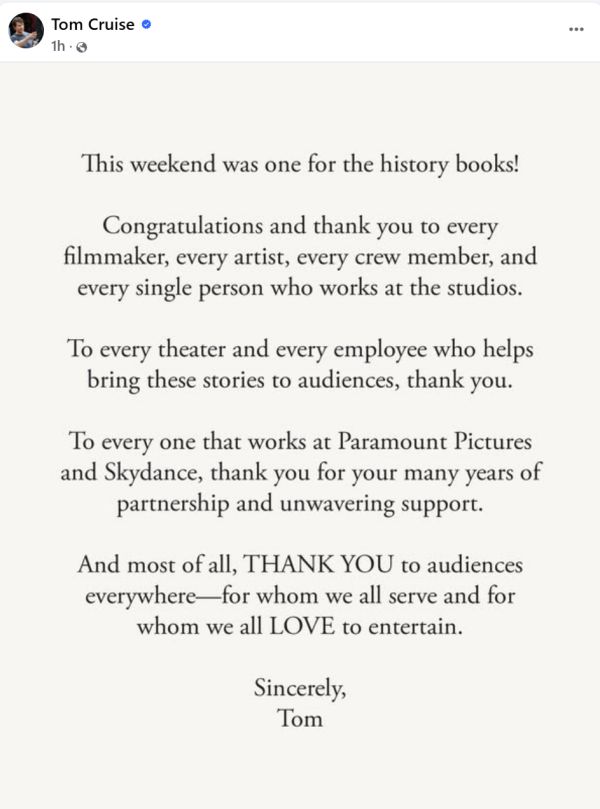
Facebook, May 27, 2025.
Marketer Takeaways
- Actions speak louder than apologies. Cruise rebuilt his reputation through consistent professional excellence rather than public relations campaigns.
- The process sells the product: Cruise sells more than films. The real product is the behind-the-scenes experience of seeing them created.
- Authenticity beats artifice. Real stunts and genuine commitment resonated more than any publicity strategy could have achieved.
- Quality protects brands. He was extremely selective about projects and made every appearance reinforce his renewed reputation.
- Long-term strategy pays off. Cruise’s rep rehab took decades, but the long-game approach proved more effective than quick fixes.
Media Shower’s AI marketing platform helps brands craft impossible campaigns—with or without cruise control. Click here for a free trial.
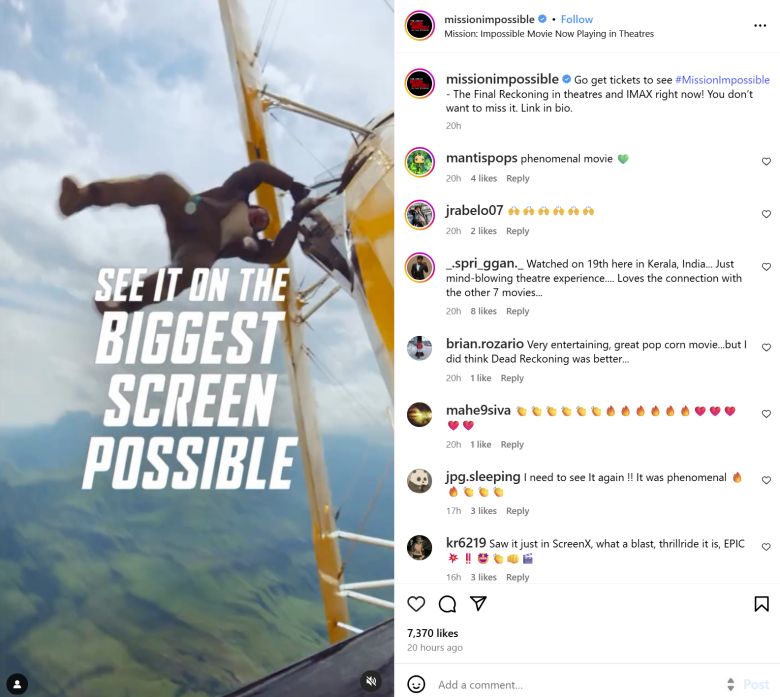
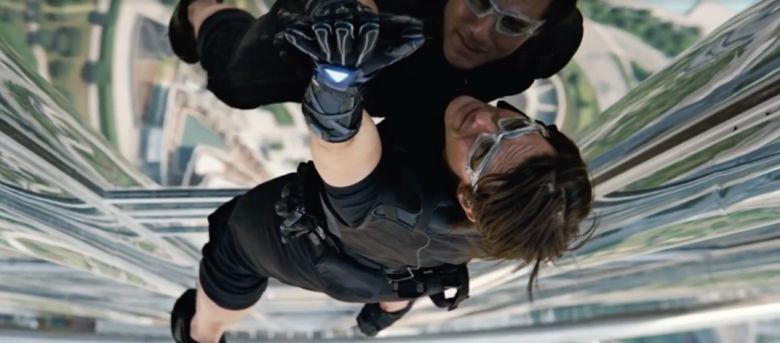 Source: The New Yorker
Source: The New Yorker
